- Joined
- Jun 19, 2013
- Messages
- 968
- Points
- 393

 |
As a way to introduce our brass coins to the community, we will raffle off a free coin during the month of August. Follow link ABOVE for instructions for entering. |
 |
 |
The beloved Ships in Scale Magazine is back and charting a new course for 2026! Discover new skills, new techniques, and new inspirations in every issue. NOTE THAT OUR FIRST ISSUE WILL BE JAN/FEB 2026 |
 |


Thanks for the fine comments. I needed a bunch, and I wanted to make them the easiest, yet the most effective way. The first one took me about 30 minutes to make...including the time spent thinking the thing up. After that, I got production time down to about 10 minutes a piece.Many thanks for this small but very interesting tutorial - clever idea and smart executed



No....thank you... Pete.Outstanding. Thanks for the tutorial!





Rob, Vlad, Luis, Peter & two Bills,Happy anniversary Rob!
Bill
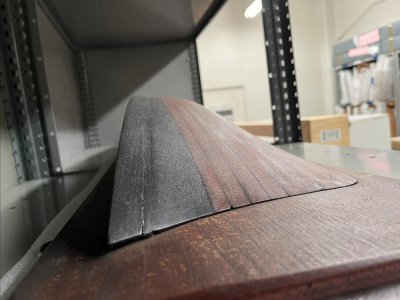
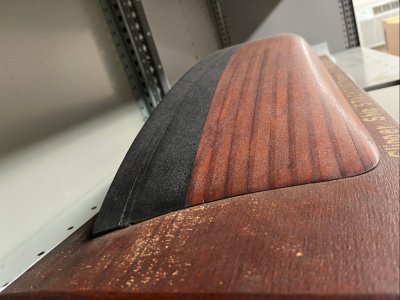
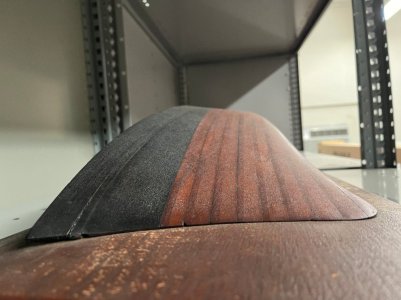
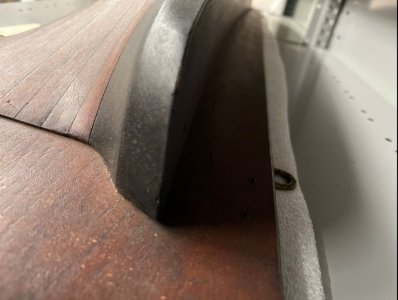
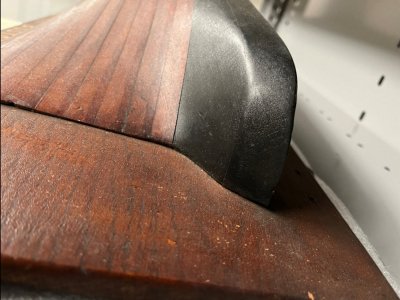
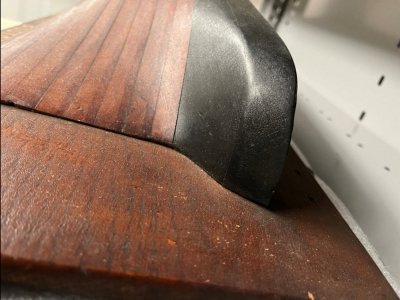
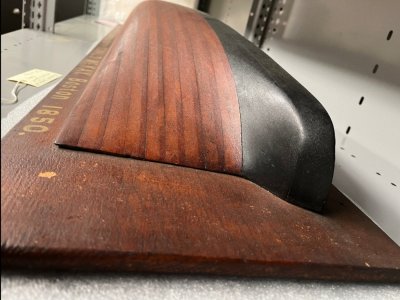
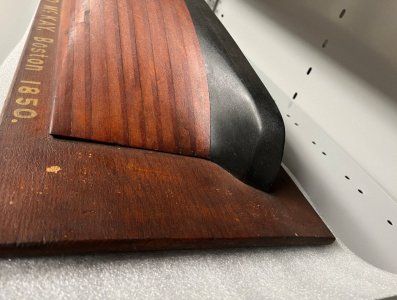
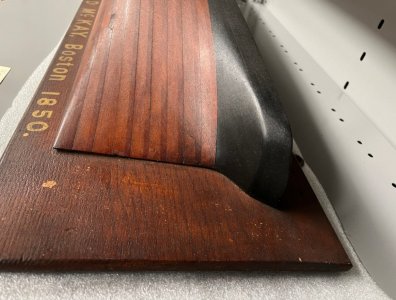


Roger,Of course less deadrise would increase cargo capacity. Also, in his Search For Speed Under Sail, Howard Chapelle makes the case that voyage records made by many of the clippers were a result of their their ability to carry a heavy press of sail as it was of hull form. Sail carrying ability is affected by initial stability (Metacentric height). All else being the same, the flatter floored reduced deadrise hull form would increase Metacentric height and allow more sail to be carried in strong winds.


Roger,All of these ships were designed prior to knowledge of William Froude’s work to understand the hydrodynamics of ship hull resistance. In fact there were some widely publicized theories at that time that were completely wrong; Russel’s Waveline theory, a case in point. Design of these vessels was, therefore largely intuitive. Chapelle also makes the point that successful Clipper Ship designers adapted low deadrise Packet Ship hull forms instead of the high deadrise Baltimore Clipper designs.
Experimental tank testing using Froude’s system of separating frictional and wave making resistance has been the standard for designing ship hulls into the present day. There has been progress to utilize finite element analysis techniques for making hydrodynamic calculations but tank testing is by no means obsolete.
Froude also discovered a “brick wall.” When a ship reached a speed equal to somewhere between 1 and 1.5 times the square root of its waterline length it became trapped by the wave train created by the hull. Tweaking hull lines might move the multiplier slightly but top speed was dominated by waterline length. A 250 ft ship, therefore, had a higher possible top speed than a 200ft vessel. Glory Of The Seas by virtue of her huge size could reach higher speeds than smaller Clippers provided there was wind to push her and a rig to handle it. This also casts some doubt on paintings showing Clippers in heavy air with all sails set. At this point, the ship would just be pushing water, and at risk of broaching.
Of course these ships also had to deal with light air during their voyages. In this case hull resistance would be dominated by frictional resistance which is dependent on hull area x a drag factor squared. A sleek hull would be important to reduce the drag factor. Nowhere near as dramatic as a Clipper Crashing through heavy seas with all sails set but just as important to making fast voyages.
Roger

Froude also discovered a “brick wall.”



Peter,Following these fora is a source of serious scientific information that directly impact how we build and display our models!
I just recently finished reading "Flying Cloud and the Woman Who Guided Her" in which the author describes the settings and conditions under which all sails, and in particular the studding sails, were set. I gathered from the book that the information given was derived from the writings by Captain Creesy in the ship's log.



Roger,I looked through my books. Naval Architecture for Non Naval Architects by Harry Benford is a well written tour through the factors involved in ship design. Benford was a Professor in the Naval Architecture and Marine Engineering at the University of Michigan. He was an expert in the economics of the shipping industry. I took a couple of courses from him. He was an excellent instructor with a quick wit. He could quickly sketch the outline of a pig on the blackboard to illustrate the principle of a ship hogging.
To learn a little more about the Brick Wall that I described look up Hull Speed on the internet. You’ll find a number of articles including the claim that it’s a myth. Actually this author just explains how boats with very narrow hull go faster by reducing their wave trains. The overall principal still stands.
